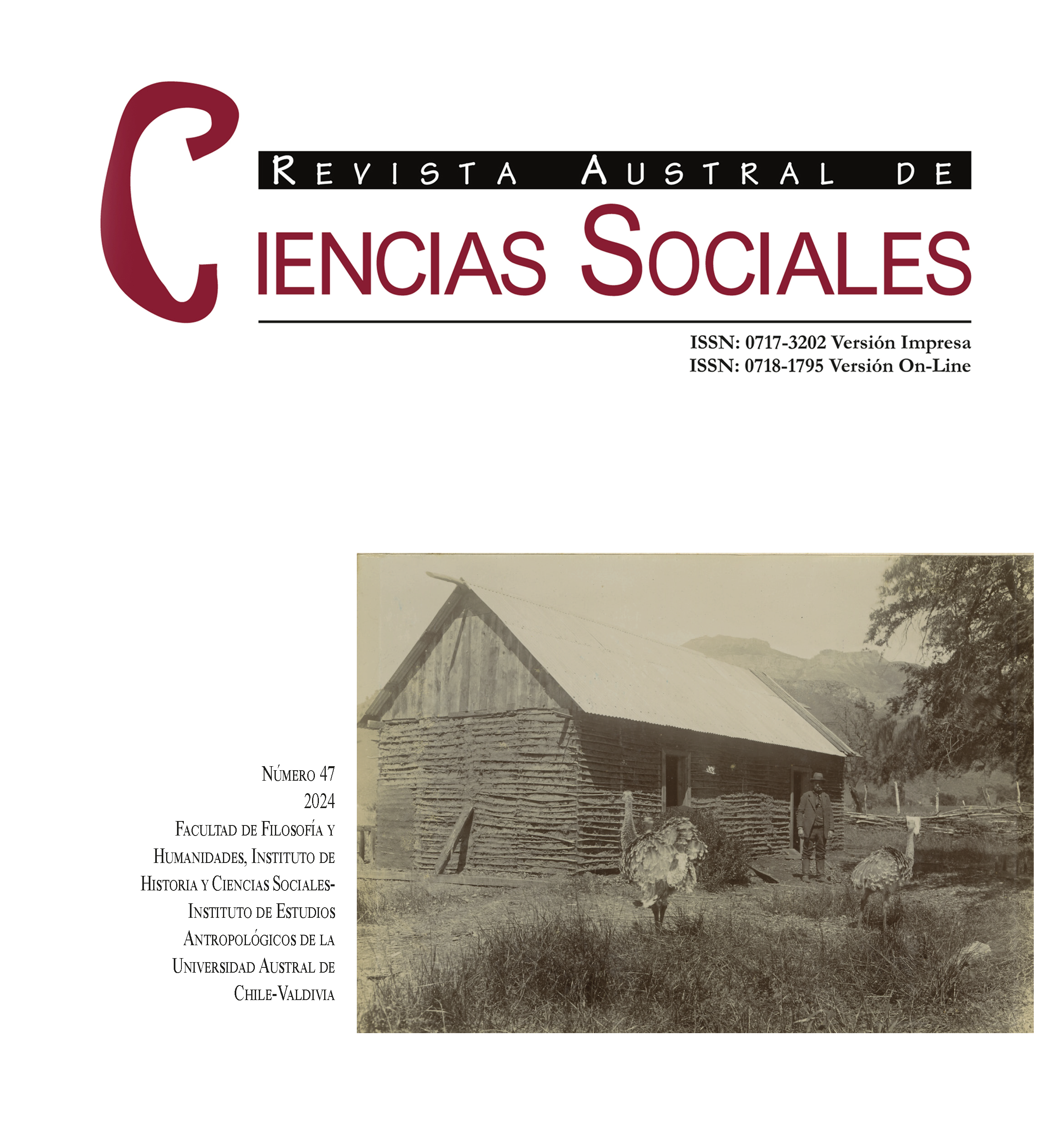Crecimiento y Mortalidad: Ecuador en el siglo XX
Conteúdo do artigo principal
Resumo
El artículo realiza una revisión analítico-histórica del crecimiento económico y su relación con las defunciones y la mortalidad infantil. Para ello, se ha dividido en dos secciones: en la primera se examina la correlación entre las variables; en la segunda se contextualiza el desarrollo de los índices en medio de las políticas económicas y de salud más importantes del siglo. Se ha llegado a tres conclusiones. Primero, se presenta una alta relación entre el crecimiento del PIB y la disminución de defunciones y de mortalidad infantil. Segundo, el único período que presenta una disociación entre variables es 1945-1949 a causa de un rebrote importante de la peste bubónica. Tercero, el periodo de mayor avance en la disminución de muertes es 1940-1944 debido a la creación de hospitales privados, departamentos de higiene y centros farmacéuticos. Finalmente, los datos de todo el siglo muestran que Ecuador creció a un promedio anual del 4,2%, solo por debajo de Venezuela (5%), Brasil (4,7%) y Colombia (4,4%).


 https://orcid.org/0000-0003-1532-203X
https://orcid.org/0000-0003-1532-203X